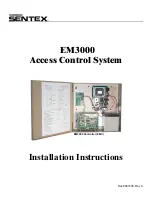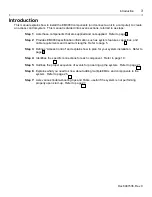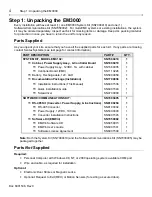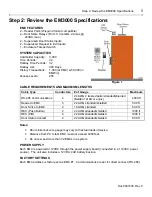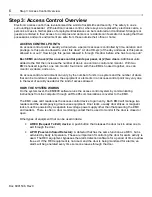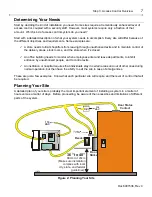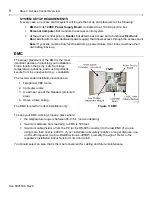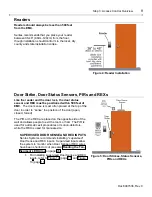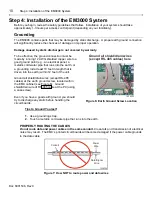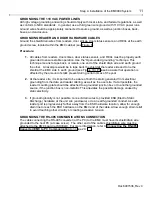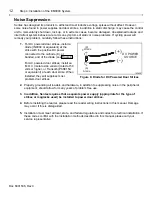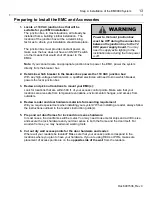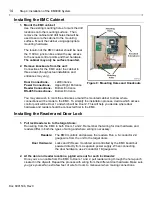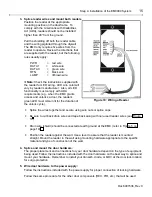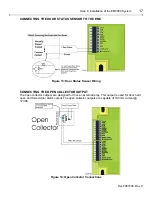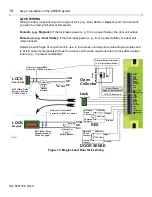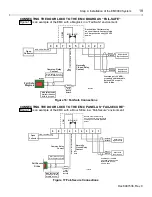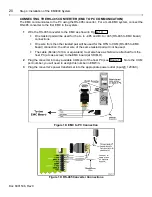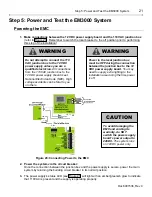
6
Step 3: Access Control Overview
Doc 6001536, Rev C
Step 3: Access Control Overview
Electronic access control has revolutionized the world of locksmiths and security. The safety in one’s
surroundings is essential. With electronic access control, where keys are replaced by electronic cards, a
person’s access to his/her place of employment/residence can be monitored and controlled. Strangers or
guests are limited in their access to a complex and workers or residents can feel safe in knowing that their
possessions and work environment are safe from those outside their office or home.
ACCESS CONTROL POINTS
An access control point is usually a door where a person’s access is controlled by time, duration and
privilege. Is this person allowed to enter this door? At what time(s) of the day and week is this person
allowed in or out? How long is this person allowed in through this door before s/he has to come out?
Each EMC
can have (2) two access control points per panel, or (2) two doors.
Additional units
added to the first then increase the number of doors one unit can control and monitor. With two
EMCs hooked together, one can monitor four doors; with three EMCs hooked together, one can
monitor six doors, and so on.
An access control environment can vary by the number of units in a system and the number of doors
that can be monitored. Likewise, the equipment or elements in an access control point may vary due
to the level of security needed or the kind of access allowed.
HOW THE SYSTEM WORKS
On the system level, the EM3000 software runs the access control system by communicating
instructions from the computer through an RS-485 communications converter to the EMC.
The EMC uses card readers as the access control device to gain entry. Each EMC will manage two
readers and the accompanying door sense equipment. Door locks, usually door strikes or magnetic
locks, must be powered by a separate low voltage power supply other than that powering the EMC
and readers. There is often a door monitoring contact that is used to monitor if the door is closed or
open.
Other types of equipment that can be used include:
A REX (Request To Exit) device:
A push button that releases the door lock to allow one to
exit through the door.
A PIR (Passive Infrared Detector):
A detector that has the same function as a REX, but is
activated by body temperature. These are important if monitoring the door for alarm activity is
used. The REX equipment bypasses the alarm detection software for a period of time to allow
free exit. If the REX equipment is not used, and the door is being monitored for alarms, an
alarm will be generated every time someone leaves through the door.

